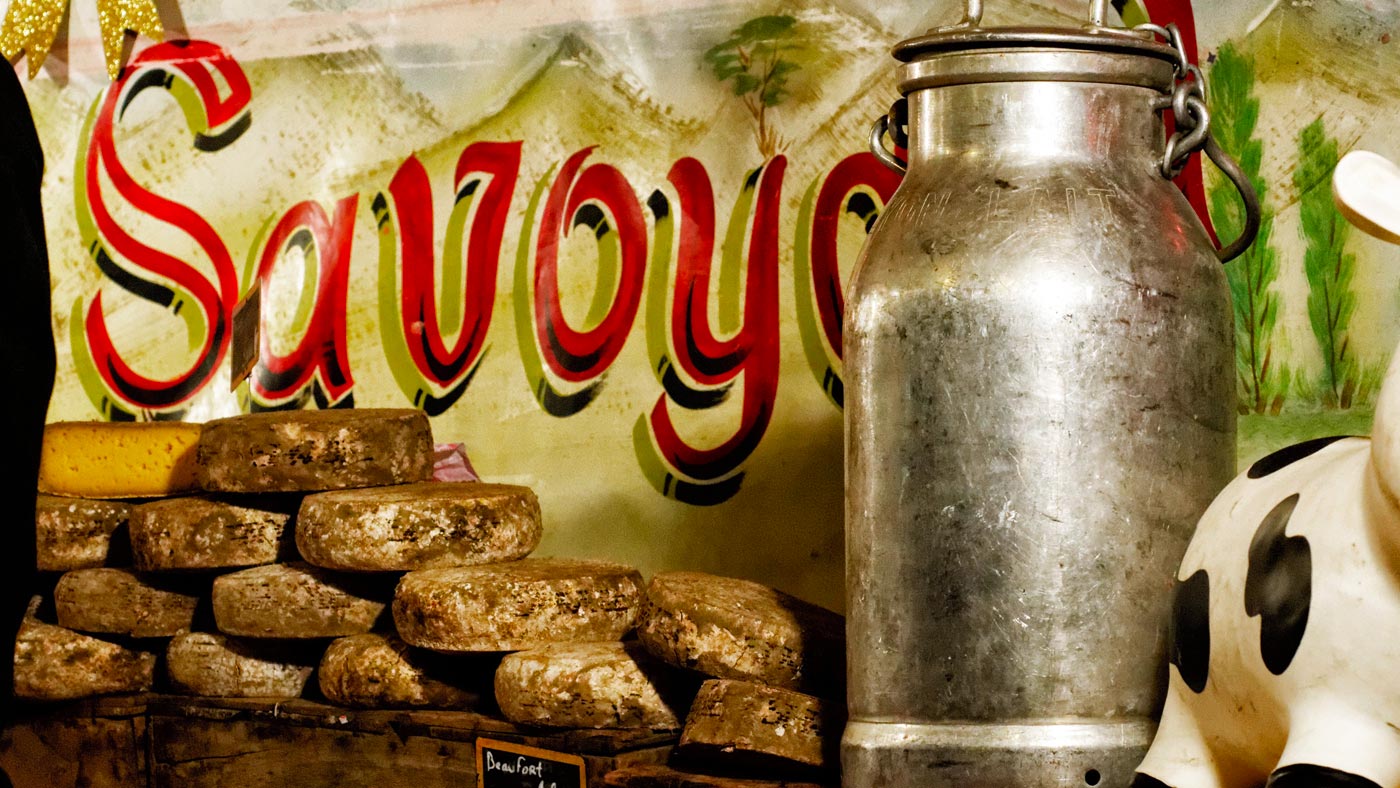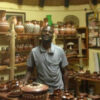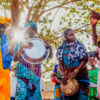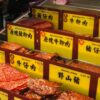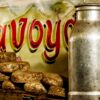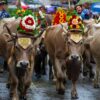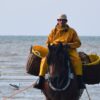The Cheese Route of Savoie 75 is a network of sites designed to help the local population and tourists discover the cheeses of two French departments united around the same cheese culture. The cheeses produced in this network of sites have a Registered Designation of Origin, which proves their distinctiveness, their value and their meaning for local populations. The cheese production sites, whether they are dairy farms, farm houses, alpinists, cheese shops or interpretation centres, are open for tourists to discover and learn about the making of dairy products.
“They are keen to make their trade, their know-how and their products known thanks to a direct encounter between visitors and the activity of practitioners.”76

- The cheese-making, know-how and living traditions, such as the descent of the livestock from the pastures, are shared with visitors (both tourists and local inhabitants).
- The Designation of Origins given to 8 cheeses is a proof of the direct link between the final product and the local culture of the area.
- This network created strong synergies between rural development, agricultural sectors and the tourism industry.
- Interpretive centres were designed to educate tourists about the cheese culture of the region.
- Visitors have the opportunity to meet ICH bearers directly and to learn from them.

- To enter the network, organisations managing cheese production sites have to respect very strict production criteria. This limits who is allowed in the network and what tourists can see. However, this also ensures that traditional methods are used, and what tourists experience on the Cheese Route is aligned with the traditional practice of cheese making.

Collaboration: The Savoy Cheese Route was born out of the wish of three French mountain regions to promote their culture and ICH products. The Route groups 8 cheeses and more than 70 sites to visit which as a whole provide a comprehensive understanding of cheese making. The Route has a partnership with several departments and with the Auvergne-Rhône-Alpes region, as well as with tourism stakeholders, wine production actors and mountain guides.
- 75 Les fromages de Savoie, une histoire vraie. Route des Fromages de Savoie. Available at: https://www.fromagesdesavoie.fr/fr/sites-a-visiter/route-des-fromages-de-savoie.html#:~:text=La%20Route%20des%20Fromages%20de%20Savoie%20est%20un%20réseau%20de,d’une%20même%20culture%20fromagère
- 76 Les fromages de Savoie, une histoire vraie. Route des Fromages de Savoie. Available at: https://www.fromagesdesavoie.fr/fr/sites-a-visiter/route-des-fromages-de-savoie.html#:~:text=La%20Route%20des%20Fromages%20de%20Savoie%20est%20un%20réseau%20de,d’une%20même%20culture%20fromagère

